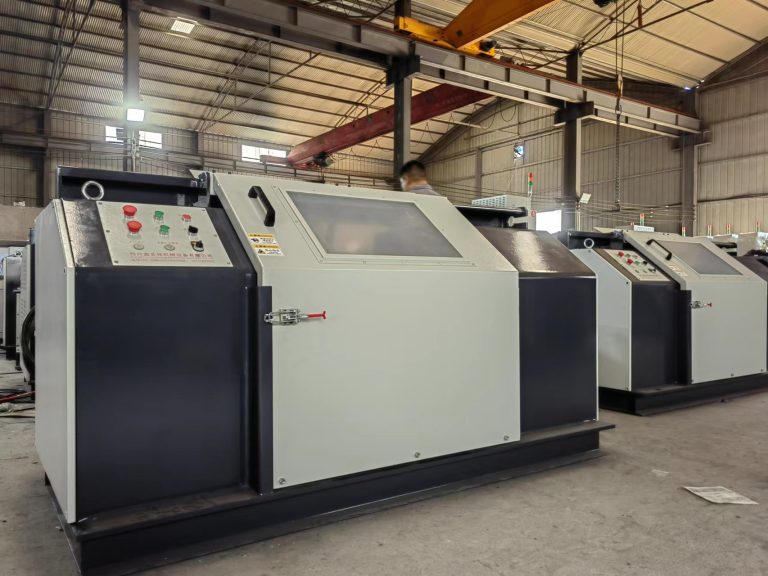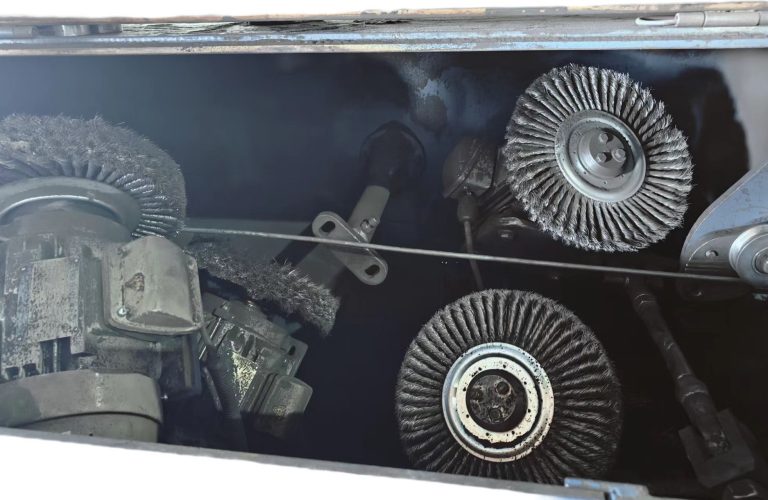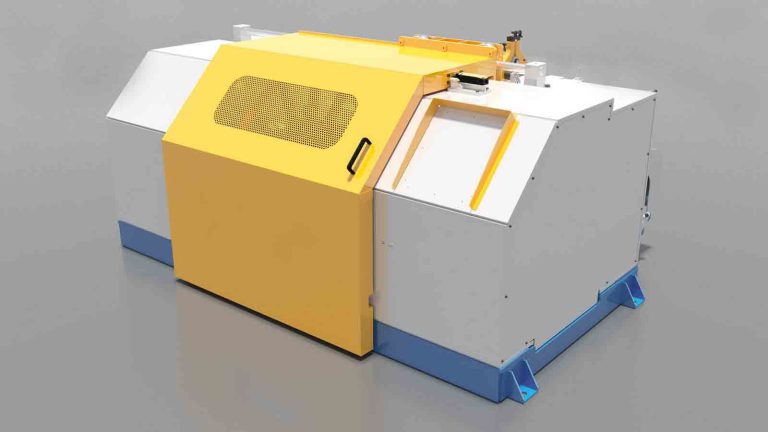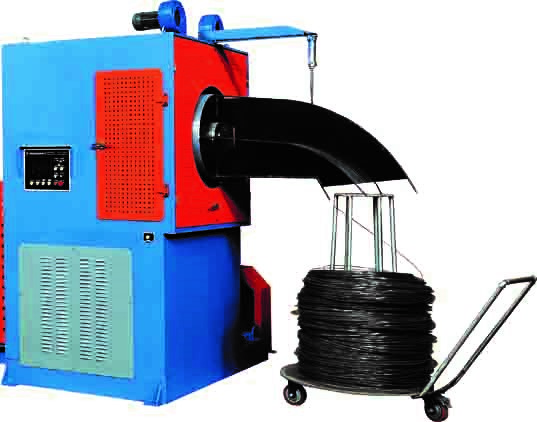Tips For Maintaining Dead Block Coiler For Drawing Machine
Dead block coiler is an essential component of drawing machines used in the manufacturing industry. These coilers play a crucial role in winding the drawn wire onto a spool or reel, ensuring efficient production processes. To maintain the functionality and longevity of a dead block coiler, it is important to follow a regular maintenance schedule. In this article, we will discuss some tips for maintaining a dead block coiler for a drawing machine.
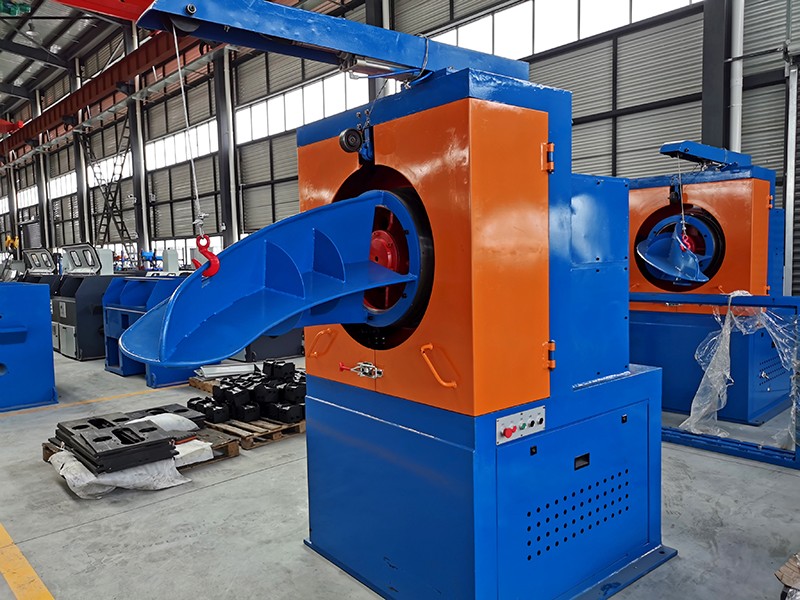
One of the key aspects of maintaining a dead block coiler is to regularly inspect and clean the equipment. Over time, dust, dirt, and debris can accumulate on the coiler, leading to decreased performance and potential damage. By regularly cleaning the coiler with a soft brush or cloth, you can prevent build-up and ensure smooth operation.
In addition to cleaning, it is important to lubricate the moving parts of the dead block coiler. Proper lubrication helps reduce friction and wear on the components, extending the lifespan of the equipment. Be sure to use the recommended lubricants and follow the manufacturer’s guidelines for application.
Another important aspect of maintenance is to check for any signs of wear or damage on the coiler. Inspect the coils, bearings, and other components for any cracks, dents, or other issues that may affect performance. If any damage is found, it is important to address it promptly to prevent further problems.
Regularly checking the tension settings on the dead block coiler is also crucial for maintaining optimal performance. Improper tension can lead to uneven winding of the wire, resulting in quality issues and potential breakages. Adjust the tension settings as needed to ensure smooth and consistent winding.
In addition to regular maintenance tasks, it is important to follow proper operating procedures when using the dead block coiler. Avoid overloading the equipment beyond its capacity, as this can lead to strain and potential damage. Follow the manufacturer’s guidelines for operating the coiler to ensure safe and efficient operation.
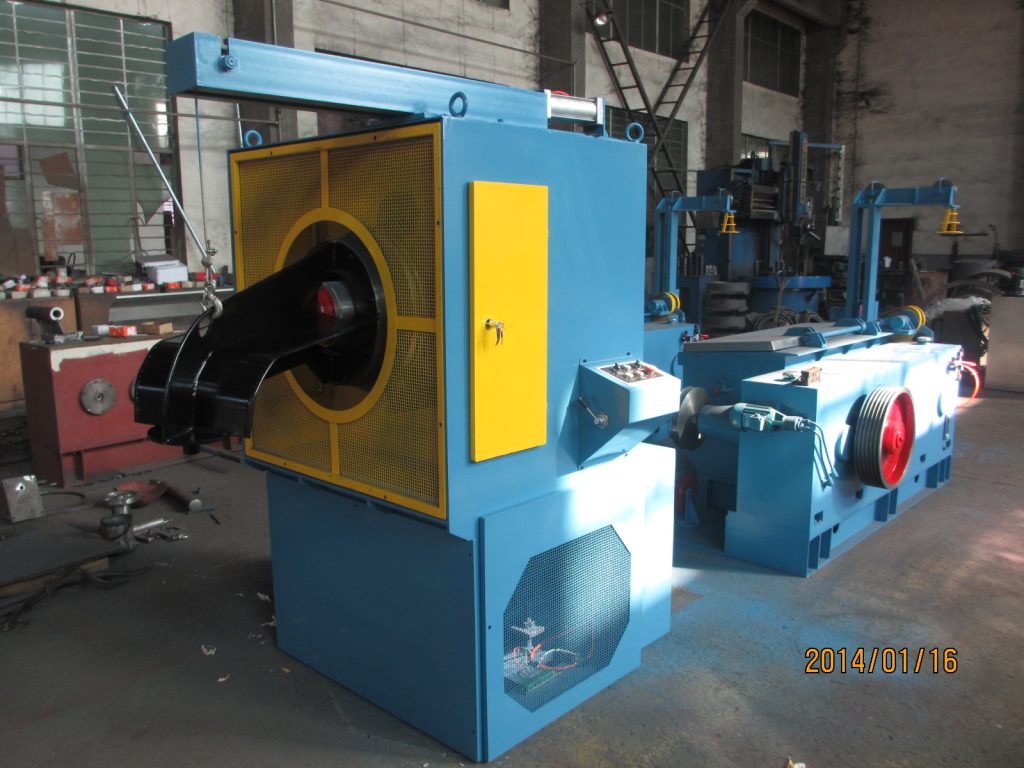
Lastly, it is important to keep detailed records of maintenance tasks and inspections performed on the dead block coiler. This information can help track the condition of the equipment over time and identify any patterns or issues that may need attention. By maintaining thorough records, you can stay on top of maintenance tasks and ensure the longevity of the coiler.


